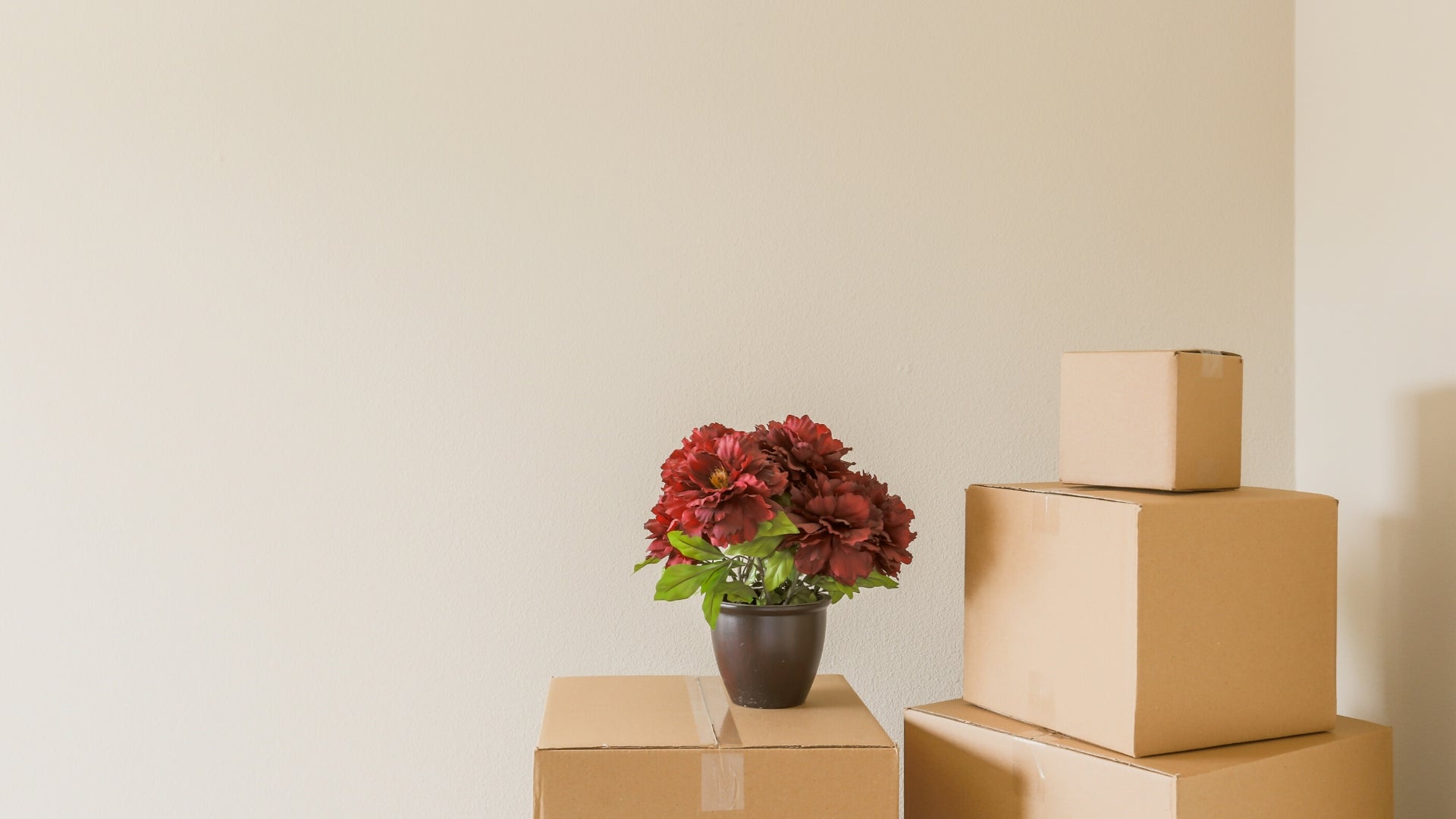Did you know the median home price in Australia is approximately $750,000? Although this has served as an obstacle for some people who wish to purchase a home, many others have viewed it as a great investment opportunity.
However, there are still plenty of people who are looking to downsize when buying a new home. Although this may seem like a simple process, there are certain details you need to keep in mind. Let's explore everything you should know when downsizing.
The Do's
These are actions that you should prioritise when downsizing. They will go a long way when it comes to helping you get the best possible results.
Listed below are some of the most notable.
1. Make a List of What You Should Keep
Separating your items into these categories will help you create an accurate picture of what you need to downsize example, do you really need five pairs of jeans or two sets of dinnerware? Making these decisions in advance will make the process a lot easier.
Additionally, you should establish what items are non-negotiable. This will give you a better idea of what you need to keep during the move.
2. Research the Neighbourhood
Talk to real estate agents, look for listings online, and search for reviews on local businesses and services. Doing this research beforehand ensures that you know exactly what to expect once you move. It can also help you find the perfect location for your new home.
This will also help you properly budget for the move as well. The weeks and months before the move are also a great time to save money. Focus on eliminating unnecessary expenses, such as dining out at restaurants.
You can also cancel subscriptions that you don't use. Taking steps like these can have a large impact on the amount of money you can save in the near future.
3. Measure Your Current Furniture and Larger Items
Furniture measurement is something that you cannot overlook.
This will ensure that your new home can comfortably accommodate all of your larger items. Keep detailed measurements of your furniture and other large objects before you move. Measuring new space is essential, too.
In general, it's best to get rid of furniture that isn't necessary. This will help you save a lot of space in the long run. You can always purchase new furniture after you move, as well.
It's also important to consider the type of items that you should keep or purchase during your move. For example, shelving units can go a long way when it comes to keeping a smaller home tidy.
Other options include an adjustable-length dining tables, storage racks, foldaway desks or desks with storage space and retractable drawers, and hanging shelves. This is a great opportunity to get creative and focus on furniture that allows you to do more with less space.
4. Start Early
The earlier you start, the easier it will be to prepare for the move. You should have a solid idea you need to do in order to downsize.
You will have more time to sell items that are not necessary. You should also properly label your belongings before packing them up.
This will make the unpacking process much simpler and quicker. From here, you can get started on enjoying your new home and adjusting to your new life.
5. Hire a Professional Mover
Chances are that you will need professional help for the move. This is especially true if you are moving to a new city or state. Hiring a mover helps take the stress off of your shoulders and ensures that your belongings are moved safely and efficiently.
Make sure to get quotes from at least three different movers before making a final decision. Otherwise, you could end up spending more money than necessary.

The Don'ts
You should avoid this behaviour in order to get the best results.
This will help ensure your move goes as smoothly as possible. Let's explore some of the most common mistakes that movers make when downsizing.
1. Don’t Rush the Decision
Jumping headfirst into the downsizing process can lead to costly mistakes. Make sure you have a solid plan in place before you downsize. Take your time to research neighbourhoods, look at homes, and compare prices.
This will help ensure that you are happy with your decision in the long run.
2. Don’t Forget to Calculate the Cost of Living
It's easy to overlook the cost of living when you are downsizing.
Make sure to research the average utility rates, grocery costs, and taxes in the area. This will help you accurately budget for your new home.
3. Don’t Take on Too Much at One Time
It's understandable to want to get the move done quickly. However, downsizing can be a long and gruelling process. Take your time when packing up your belongings and purging items that are no longer needed.
Additionally, don't forget to take regular breaks so that you don't become overwhelmed.
4. Don’t Forget Safety Precautions
When moving large and heavy items, it's important to take proper safety precautions. This includes using the right equipment and having someone help you lift heavier objects. Otherwise, you risk getting injured or damaging your property.
5. Don’t Procrastinate
Downsizing can be an exhausting process. However, it's important to stay on top of your tasks and not let anything slip through the cracks.
Staying organised and taking care of tasks as they come up will make the entire process smoother and simpler.
Downsizing Is Simpler Than It Seems
By following these do's and don’ts when downsizing your home, you can ensure that you will have a successful move. From there, you will be able to simplify the process and get it over with sooner than you anticipated.
Looking for more information on home furniture that we recommend? Feel free to get in touch with us today to see what we can do.









